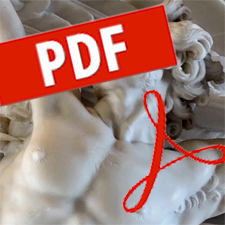A centralized and federal patent system in the EU changes economic and constitutional law structures by creating a ‘nationalized’ international patent. As the underlying economic policy has concentrated on the development needs of small and medium-sized enterprises (SMEs), accounting for 99% of all businesses in Europe, statistical analysis and data of their patenting activity and patent ownership are used to assess whether the new regime can help or hinder SMEs and the states in which they are based. Due consideration is given to the monopoly effect of patents and the adversarial nature of the judicial, federal system that is introduced in the absence of a federation of states. Although there are always costs and benefits in such a system, new legal/institutional developments amplify existing imbalances in technological and economic capacities between and within member states, and between them and non-EU states.

PAGES
51 – 68
DOI
All content is freely available without charge to users or their institutions. Users are allowed to read, download, copy, distribute, print, search, or link to the full texts of the articles in this journal without asking prior permission of the publisher or the author. Articles published in the journal are distributed under a http://creativecommons.org/licenses/by/4.0/.
Issues
Also in this issue:
-
Ryan Jenkins, David Černý and Tomáš Hříbek (eds) Autonomous Vehicle Ethics: The Trolley Problem and Beyond
-
As open as possible, but as closed as necessary: openness in innovation policy
-
Turning sportswashing against sportswashers: an unconventional perspective
-
State secrets and compromises with capitalism: Lev Theremin and regimes of intellectual property
-
In search of an author